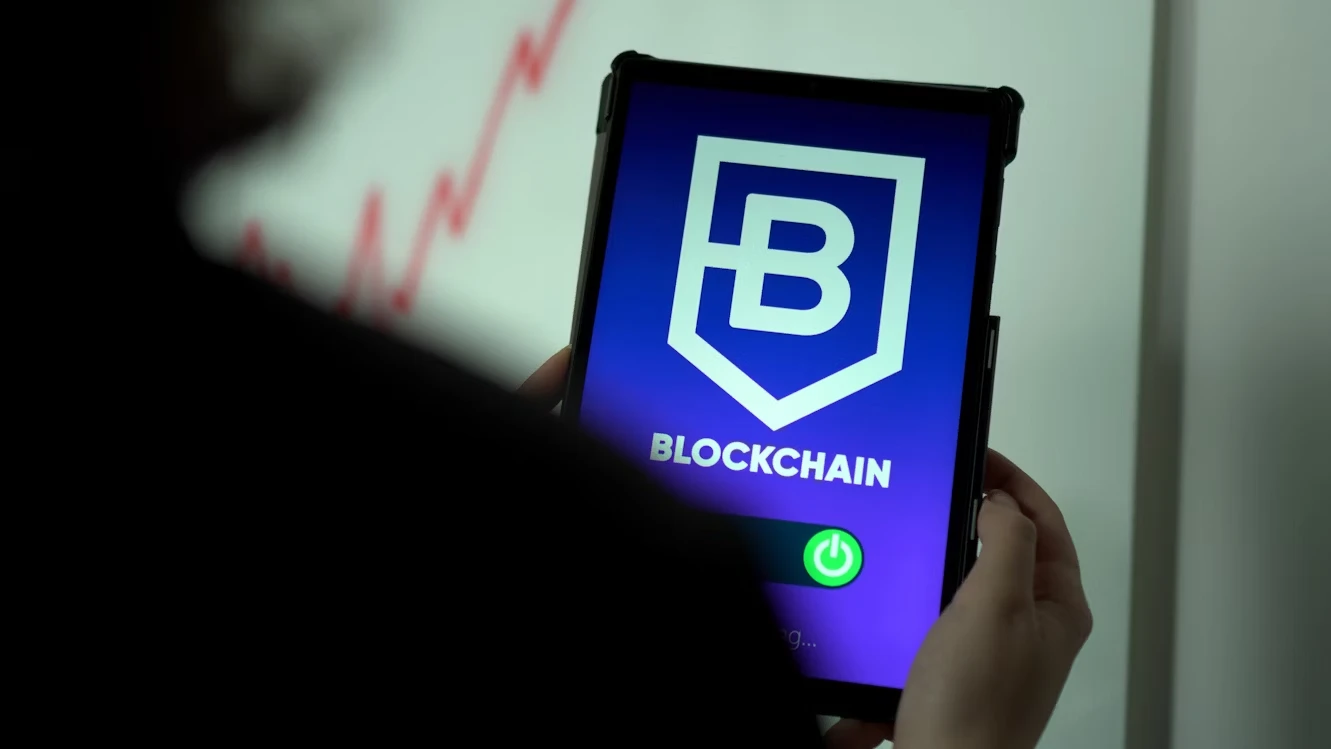Block Lattice - How It Differs From The Classic Blockchain And What Potential It Has

This website uses cookies
We use Cookies to ensure better performance, recognize your repeat visits and preferences, as well as to measure the effectiveness of campaigns and analyze traffic. For these reasons, we may share your site usage data with our analytics partners. Please, view our Cookie Policy to learn more about Cookies. By clicking «Allow all cookies», you consent to the use of ALL Cookies unless you disable them at any time.
Block Lattice is a perspective network architecture that overcomes the limitations of traditional blockchain and holds significant potential in distributed systems. Instead of recording all transactions on a single shared blockchain, Block Lattice is a network where each participant has their own blockchain, known as an account chain.
Block Lattice is a high-performance blockchain system with several key features:
Account Chains
Consensus Mechanism
Scalability
Fee Reduction
Fast Confirmations
Block Lattice is an unconventional and high-performance choice for businesses, providing efficiency, scalability, and fast transaction confirmations. Let's explore each feature in more detail.
Account Chains are key elements of the Block Lattice architecture. Each participant in the network has their own account chain, which contains information about transactions. The advantages of account chains include independence, fast confirmations, and security. Each chain is processed in parallel, enhancing the efficiency and scalability of the network. Through references to previous blocks, data continuity and consistency are ensured. Overall, account chains are an important component of Block Lattice, providing efficiency and security in decentralized networks.
Asynchronous consensus is a unique mechanism used in Block Lattice, allowing each account to independently verify and confirm its transactions. Transaction validation rules are applied at the account level, ensuring the high efficiency and reliability of the system. Consensus is achieved within account chains rather than across the entire network. Punishment and incentive mechanisms can be employed to ensure security and rule compliance. Overall, the consensus mechanism of Block Lattice enhances system security and usability.
Block Lattice ensures scalability by processing transactions in parallel within individual account chains. The addition of new accounts does not impact the operation of other participants, providing horizontal scalability. Storage costs are reduced as each account is responsible for its own chain. The flexibility of the system allows for changes and improvements without disrupting network operations. Overall, Block Lattice possesses diverse scalable capabilities, making it attractive for various business domains.

Block Lattice contributes to fee reduction through efficient resource utilization, parallel transaction processing, low data storage costs, asynchronous consensus, and system flexibility. These factors enable Block Lattice to decrease fees and make the system more appealing to users.
The feature of fast confirmations in Block Lattice is characterized by their independence, competition resilience, high performance, and improved user experience. Users can independently confirm their transactions, ensuring the speed and reliability of operations. Through parallel processing and the independence of account chains, the system achieves high performance and resilience. Fast confirmations in Block Lattice enhance the user experience and are particularly crucial for operations that require instantaneous decisions.
Block Lattice has numerous features, as discussed above. However, knowledge must be applied in practice, so now let's explore the potential of these very features.
Financial Sector: Block Lattice can transform the financial sector by simplifying and accelerating payment processes, transfers, and settlements. Fast transaction confirmations and low fees can enhance the efficiency and accessibility of financial operations. Additionally, the ability to create smart contracts based on Block Lattice enables the automation and improvement of contract execution and financial agreements.
Logistics and Supply Chain: The technology can enhance transparency and traceability in logistics and supply chains. Distributed account chains allow for precise tracking and confirmation of transactions, movement of goods, and status information. This contributes to optimizing logistics processes, reducing delivery times, and minimizing the possibility of fraud or counterfeiting.
Internet of Things (IoT): The system has the potential to provide secure and efficient communication between IoT devices. With fast confirmations and scalability, Block Lattice can ensure instant and reliable data and transaction transfers between IoT devices without the need for a centralized management system.
Healthcare and Medicine: Block Lattice can improve the exchange of medical data and payment processing in healthcare. With the security and reliability of the architecture, medical records and transactions can be protected from unauthorized access and manipulation. This can enhance the efficiency of data exchange among various healthcare system participants.
Voting and Governance: The technology can be applied to ensure transparent and secure voting and governance in various organizations and governmental structures. With the independence of account chains and the consensus mechanism, Block Lattice can provide reliability and authenticity of votes and decisions, as well as streamline vote counting and decision-making procedures.
Gaming Industry: Block Lattice can be employed in the gaming industry to facilitate secure and transparent transactions involving in-game digital assets. The Block Lattice architecture enables fast transaction confirmations and mitigates risks of fraud or forgery. Smart contracts based on the technology can also automate gaming mechanics and create decentralized gaming platforms.
Block Lattice technology is applicable and beneficial across many industries, thanks to its features, which contribute to overall improvement and operational optimization.
Let's consider the advantages that Block Lattice offers compared to the classical blockchain, as well as the limitations that can affect its applicability in specific situations. Understanding these factors will help better assess the potential and boundaries of using the technology.
Fast confirmations
High scalability
Low fees
Security and reliability
Flexibility and upgradability
Potential centralization: In Block Lattice, there can be accounts with a significant amount of resources, which may lead to some centralization and limit the decentralized nature of the network.
Account chain size: When using the technology, each account maintains its own chain, which can result in increased data size that needs to be stored, especially in the case of active accounts with a large volume of transactions.
Smart contract complexity: Compared to some other blockchain platforms, developing complex smart contracts in Block Lattice may be more challenging and require additional efforts from developers.
Limited voting capabilities: Block Lattice may provide limited voting and decision-making capabilities as each account is responsible for its own chain and only confirms its own transactions.
The advantages of Block Lattice represent the key strengths that can attract attention and make it appealing to various sectors and industries. However, Block Lattice also has its limitations that can impact its usage in certain cases. Understanding the advantages and limitations of Block Lattice allows for a more comprehensive assessment of its potential and an understanding of how well it aligns with the requirements and goals of your project.

Above, we discussed the advantages, limitations, potential, and key benefits of Block Lattice in detail. Now let's take a look at real-world projects that already exist based on this technology:
Nano (XRB): Nano (previously known as RaiBlocks) is one of the most well-known examples of using Block Lattice. It is a decentralized cryptocurrency built on the Block Lattice architecture. Nano offers instant and feeless transactions, making it attractive for everyday payments.
Sia: Sia is a decentralized data storage platform built on Block Lattice. It provides the ability to rent out unused disk space and receive payment in cryptocurrency. The Block Lattice architecture allows for minimal transaction processing delays and reduced data storage fees.
Banano: Banano is a cryptocurrency created on the basis of Block Lattice, with a focus on entertainment and memes. It offers fast transactions and low fees, making it convenient for use in gaming applications and various crypto games.
There are just a few examples of projects where the use of Block Lattice has found its application. Due to its advantages, the technology offers a range of opportunities for innovation in various industries.
Block Lattice has great potential for further development and improvement. Below are some areas in which the technology can continue to evolve:
Enhanced Scalability: Despite already offering high scalability, Block Lattice has the potential for further improvement in this aspect. Developers can explore and implement new algorithms and techniques that increase throughput and process an even larger number of transactions within a given timeframe.
Expanded Smart Contract Functionality: The technology can continue to evolve in expanding the functionality of smart contracts. Additional capabilities for automation and executing programmatic conditions can be added, making Block Lattice an even more powerful tool for various applications, including financial agreements, supply chains, and data management.
Integration with other technologies: The system has the potential to integrate with other innovative technologies such as artificial intelligence (AI) and the Internet of Things (IoT). Combining Block Lattice with these technologies can lead to the creation of new solutions and platforms that leverage the advantages of each and unlock new possibilities for businesses and society.
The Ecosystem of Application Development: With the development of Block Lattice, an expansion of the application ecosystem built on it is expected. This may include financial applications, gaming platforms, data management systems, and other innovative solutions. With its high scalability and low fees, Block Lattice can attract more developers and provide greater opportunities for creating new applications.
The development prospects of Block Lattice promise exciting possibilities for enhancing and expanding this innovative architecture. With the advancement and adoption of new technologies, as well as active blockchain research, Block Lattice can become the foundation for new applications, attract more developers, and become a crucial component of the digital economy of the future.
Block Lattice is a perspective network architecture with the potential to transform various industries and facilitate efficient and secure data and digital asset exchange.
The technology offers several significant advantages but also has limitations that need to be considered. The careful consideration and adaptation of Block Lattice to specific project requirements and goals are crucial. Understanding the advantages and limitations of Block Lattice allows for making informed decisions about its utilization. Block Lattice opens up prospects for innovation and development that will make it more robust and in-demand.
